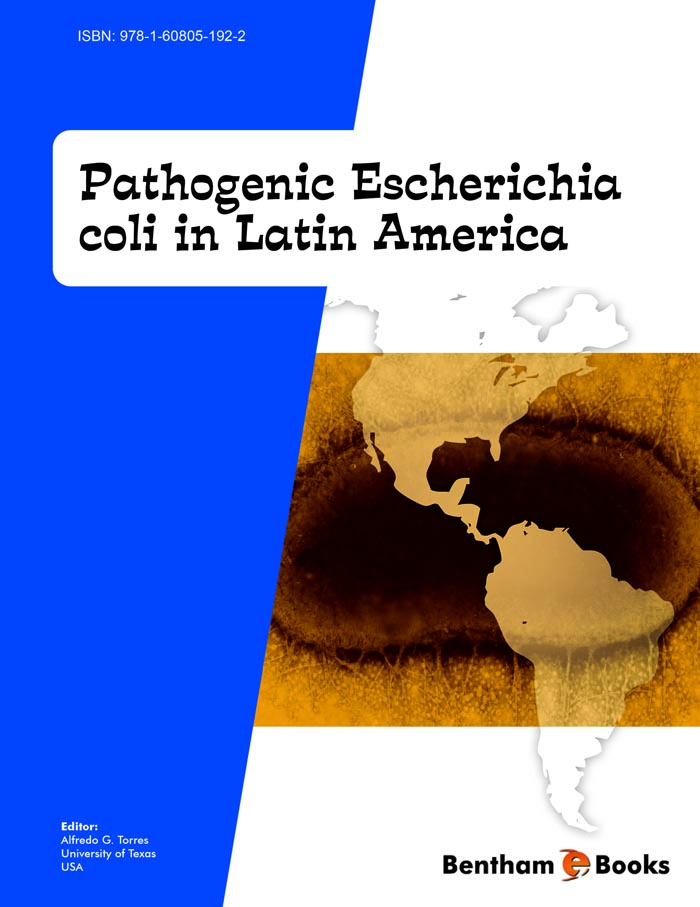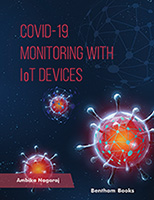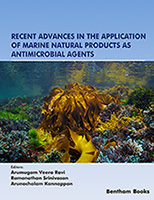Introduction
Pathogenic Escherichia coli are known to be a common cause of diarrheal disease – a common cause of frequently occurring bacterial infections in children and adults in developing countries. It poses a significant problem in Latin America. Pathogenic Escherichia coli in Latin America presents current information on understanding pathogenic E. coli in Latin America and outlines prospects for future research in this region. It features a unique, comprehensive analysis of the most common categories of E. coli associated with diarrheal illness in Latin America. The aim of this book is to help epidemiologists in this region to learn about molecular mechanisms of E. coli pathogenesis along with its diagnosis, host immune responses, animal reservoirs and epidemiology. In addition, the authors discuss the current situation of E. coli in representative countries, including Argentina, Brazil, Chile, Mexico and Peru.





